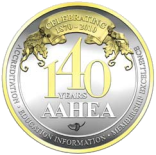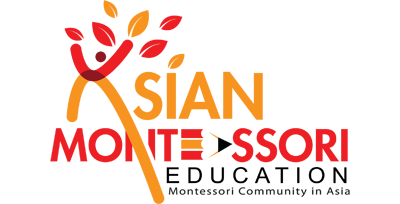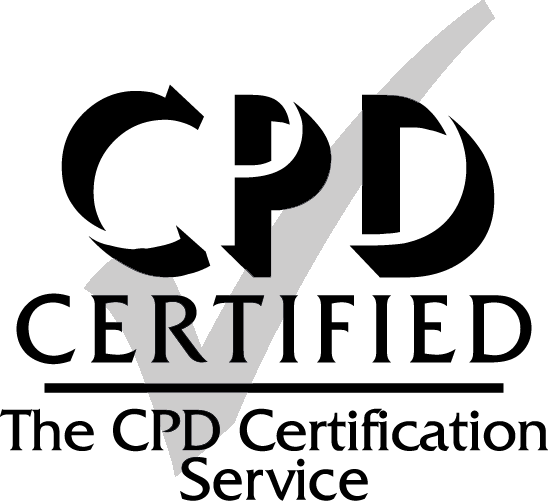Exploring Multimodality: A New Era In Language Education
15th October 2024
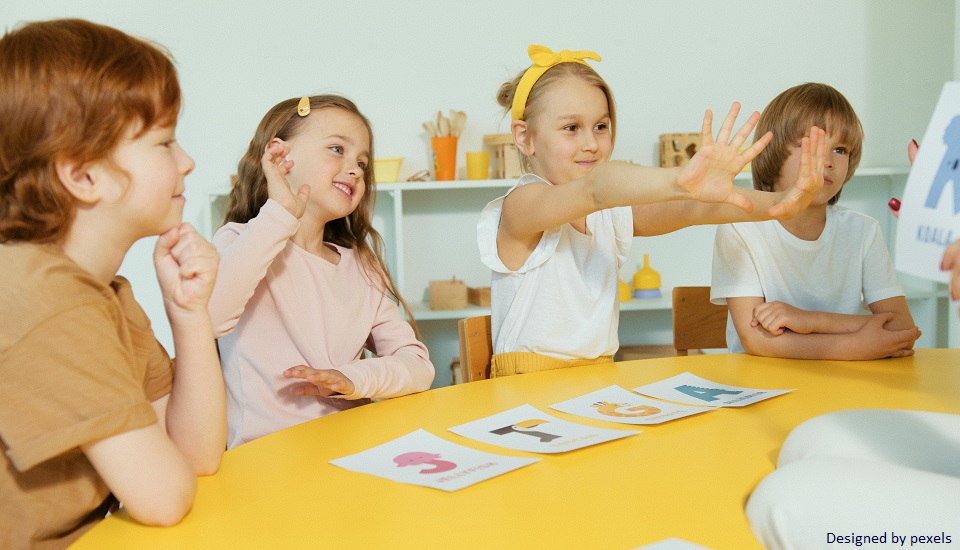
In today’s fast-paced digital world, the landscape of language learning is transforming at an astonishing rate! Gone are the days when mastering a language solely revolved around the traditional and basic set of skills:
- Listening
- Reading
- Speaking
- Writing
Now, communication extends beyond words on a page, weaving together a tapestry of videos, images, sound, and gestures- enter the world of multimodality!
Multimodality in language classrooms recognizes that students engage with content through various channels. From YouTube and social media to infographics and podcasts, these diverse modes aren’t just supplementary, they have become an integral part of understanding and expressing language in today’s advanced era.
Understanding multimodality means embracing different forms of communication like aural, gestural, and spatial, alongside the linguistic and visual. By integrating these various channels into language education, you can help your language students learn to decode and create captivating messages using a range of tools.
If you also want to learn about how you can utilize the concept of multimodality to help students communicate in today’s modern world, then we have got you covered.
This blog dives deep into how language educators can harness the power of multimodality to equip students with the skills they need to thrive in modern communication!
Understanding Multimodality in Language Education
Multimodality in language education refers to the use of multiple modes of communication and representation, such as-
- Linguistics
- Visuals
- Aural
- Gestural
- Spatial
and interactive technologies in the teaching and learning of language. This approach recognizes that language is not only conveyed through spoken or written words but also through various forms of media and expressions. By incorporating diverse modalities, educators aim to enhance understanding, engagement, and the overall learning experience, catering to different learning styles and preferences.
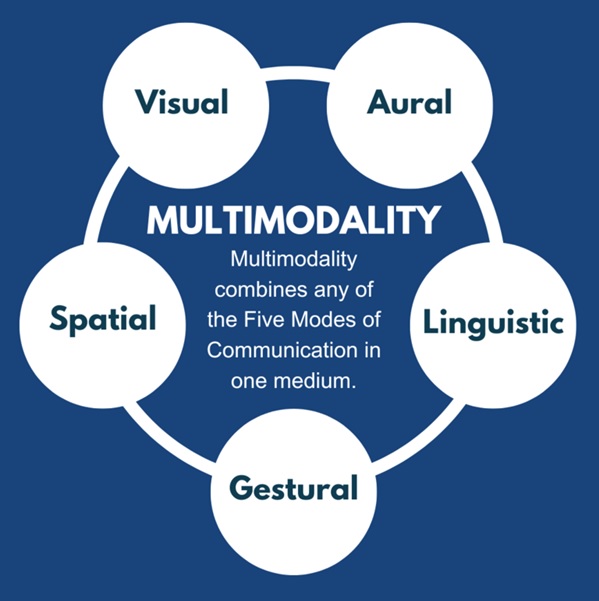
Source: wikipedia.org
Different Modes of Communication
In today’s evolving landscape of communication, understanding different modes is essential to grasp the concept of multimodality. Traditionally, language learning focuses heavily on listening, reading, speaking, and writing. However, the digital age has expanded these into diverse forms of communication including:
- Aural Communication: This involves sounds and spoken words, encompassing music and other auditory elements that convey meaning.
- Gestural Communication: This mode makes use of body movements, facial expressions, and hand gestures to communicate messages, often complementing verbal communication.
- Linguistic Communication: It revolves around language, both written and spoken, covering grammar and sentence structure to create meaningful messages.
- Spatial Communication: Using the arrangement of elements in space, like graphic and web design, to communicate ideas effectively.
- Visual Communication: This mode includes images, graphics, and infographics, commonly used in advertising and media for impactful information delivery.
These modes come together in different combinations to form multimodal content, enriching how we convey and understand messages.
Before you move to the topic, can we ask you a quick question? Do you follow us on Social Media? If not, then you’re missing out on a lot of informative content. We regularly share upgraded educational content, tips, feedback, and more. Check us out by clicking the profiles here - Facebook / Twitter / LinkedIn / Pinterest / Instagram / YouTube
Role of Multimodal Literacy
Multimodal literacy involves the capability to understand and create content that combines these various communication modes. In today's digital landscape, this form of literacy is crucial as multimodal texts permeate our daily communication and professional environments. Language educators must embrace multimodal literacy to equip students with the necessary skills to navigate and excel in a world where communication is multifaceted and dynamic.
Benefits of Multimodality in Language Learning
Let’s get to know some of the essential benefits of Multimodality in language learning:
Real-world Language Application
Multimodality prepares students for real-world language use by integrating visual, auditory, and gestural elements alongside traditional written and spoken forms. This reflects the complexities of real-world communication, thus better-preparing students for various scenarios they may encounter outside the classroom.
Enhanced Engagement and Motivation
The inclusion of multimodal elements in teaching brings variety and excitement to the classroom. This dynamic approach encourages student participation, making lessons more engaging and stimulating students' interest in language learning.
Critical Thinking and Analysis
Multimodal texts require students to engage in critical thinking, as they must analyze and interpret different types of information presented through multiple modes. This skill not only strengthens language proficiency but also fosters a deeper understanding of how meaning is created through diverse forms.
Preparation for Digital Communication
In our digital-centric world, communication often involves multimedia platforms. By incorporating multimodality into language instruction, educators enable students to adeptly navigate digital communication tools and express themselves in various formats, a skill vital for modern communication.
Creativity and Expression
Multimodal learning opens the doors to creative expression, allowing students to use a blend of text, images, and sounds to convey their ideas. This not only improves their language skills but also promotes creativity and self-expression, making learning a fulfilling experience.
Strategies to Incorporate Multimodality in Classrooms
Let’s get to know some of the easy-to-implement strategies to incorporate multimodality in your language classroom:
Analyzing Multimodal Texts
A dynamic way to develop multimodal literacy in students is by introducing them to multimodal texts! Start by introducing materials like videos, infographics, or blogs into your classroom environment. Encourage your students to explore these texts, identifying the unique modes of communication used and pondering how they contribute to the overall message.
This could be transformed into a creative exercise where students produce short videos, create graphic organizers, or record audio reflections to share their insights. Such an activity not only develops critical thinking skills but also nurtures a deeper understanding of how various modes interact to deliver meaning.
Engaging in Collaborative Projects
Nothing fires up enthusiasm like teamwork and creativity! Group students for exciting collaborative projects that focus on creating their own multimodal presentations. Possibilities are endless, why not have them write blog posts, produce podcasts, or create vibrant short films?
Working together, students can combine different modes such as text, visuals, and sound to craft engaging stories or informative projects. This not only fosters collaboration but also enhances communication skills as students learn to convey their ideas effectively in varied formats.
Implementing Digital Storytelling
Step into the realm of digital storytelling to captivate students' imaginations. This approach blends text, images, and audio narration, providing a canvas for creative expression. Platforms like- Connect, Storybird, or Adobe Spark offer wonderful tools for crafting these multi-layered stories.
Through digital storytelling, students enrich their language proficiency while tapping into critical thinking and creative abilities. They get to define their narratives, express emotions, and share diverse perspectives, immersing themselves in a world where storytelling transcends traditional boundaries and becomes a medium for vibrant, multimodal self-expression.
The Future of Language Learning with Multimodality
The future of language learning is vibrant, exciting, and intertwined with multimodality! As the digital age continues to reshape how we communicate, integrating multimodal approaches in language classrooms is not just beneficial, it's essential. By intertwining traditional skills with modern modes of communication, educators can prepare students for the diverse and complex landscape of real-world interactions.
- Enhanced Engagement: By using a mix of visuals, sounds, and gestures alongside text, students are naturally more engaged and motivated. This interactive environment nurtures a deeper interest in learning.
- Digital Proficiency: Students gain crucial skills needed to navigate today's digital platforms effectively, making them better equipped for a digital-first future.
- Creative Expression: Multimodality encourages creativity, allowing students to convey their thoughts and emotions in innovative ways, transforming the learning process into a fulfilling and empowering journey.
By embracing these multimodal techniques and pursuing courses like the TEFL online teaching course, language educators can ensure their teaching methods remain relevant and impactful, paving the way for students to become confident, skilled communicators ready for tomorrow's world.
We believe education should be accessible for everyone. That’s why we don’t charge for our blogs. Find the right course that will help you in your career with us, contact us at - +6531631068. You can mail us at act@asiancollegeofteachers.com.
Written By : Abhishek